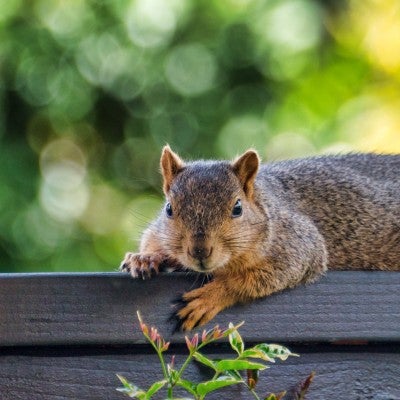Want to see more butterflies, birds and other creatures in your yard? Bring in a few native trees and see what happens!
Amazing and beautiful beings themselves, trees multi-task like crazy, providing many essentials of life—food, cover, shelter and nest sites—for creatures large and small.
A tree to call home
Pine, spruce and hemlock trees have year-round dense foliage, creating ideal cover from predators and shelter from the elements.
Trees of all kinds shelter wildlife among and beneath their branches, within loose bark where insects overwinter, in cavities, and in burrows beneath their roots.
Nearly all species of trees comfortably host some nesters. The thorny branches of hawthorn trees make especially safe nesting sites, and conifers are favored for the dense cover they offer.
As trees age, they become valuable real estate for nuthatches, chickadees and woodpeckers, because softer trunk interiors are more easily excavated to create nesting cavities.
All-they-can-eat buffet
It might be easier to list which parts of trees don’t provide food!
In spring and summer, birds and small mammals chow on tree flower buds. Tree leaves are eaten by caterpillars and by many other insects and insect larvae; these then become food for birds who are building nests, incubating eggs and feeding young. And pine trees support sawflies, whose larvae help feed early bluebird nestlings.
Pollen and nectar from trees also attract pollinators that become food for birds. Butterflies and moths feed on spruces, and, in turn, are food for birds in their northern breeding grounds.
Cherry and plum trees provide berries in late summer, nourishing migratory birds for their journeys, and tent caterpillars attracted to these trees feed both birds and bats.
Wintertime staples
In fall and winter, flowering trees—maples, oaks, birches, dogwoods, poplars, aspens, cottonwoods, crabapples, hickories, hawthorns and others—produce nuts, berries, capsules or drupes that birds and mammals will feed on.
Evergreens like pines, spruces and hemlocks have seeds in their pinecones, providing nutritious food for chickadees, nuthatches, crossbills, pine siskins, squirrels and chipmunks.
Get planting!
Check with a local nursery or native plant society for species and planting suggestions for your area.

